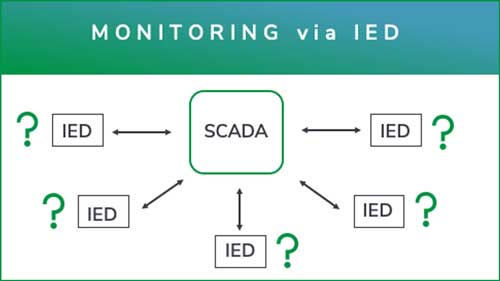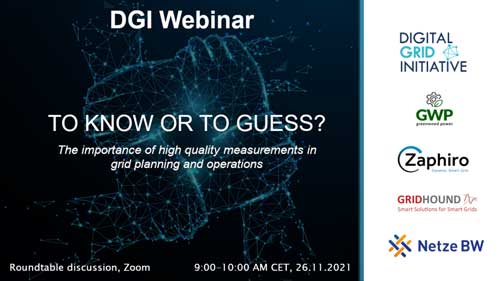Would you like to find out more about our products?
Get our digital catalog now!
Related posts
ORF im fokus visit at Greenwood-Power
"Im Fokus" ORF report on Greenwood-Power GmbHRelated posts
The Benefits of Innovative Grid Technologies
webinar invitation "The Benefits of Innovative Grid Technologies: Make Europe Fit for 55"Join us on 8th December at 14.30 CET when currENT and Consentec GmbH will publish and present a new study on how innovative grid technologies can reduce network congestion and...
Webinar “To Know or To Guess?” The importance of high-quality measurements in grid planning and operations.
webinar invitation "To Know or To Guess? The importance of high-quality measurements in grid planning and operations"Recently, data-driven business opportunities and the energy transition have started to reshape the daily operation and planning for distribution grid...




